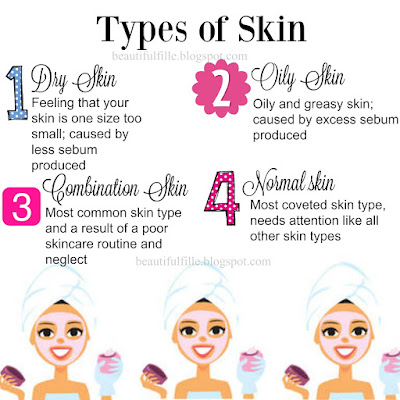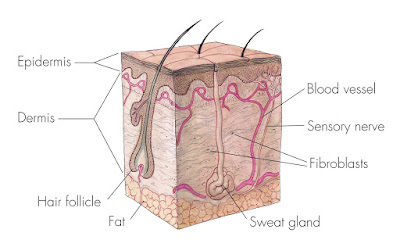Dry skin is characterized by a feeling that your skin is one size too small for your face. Taking care of dry skin can be very challenging, and, sometimes it can be painful. Today, I am going to share an ideal routine for people with dry skin.
The main cause of dry skin is the under-production of sebum by the sebaceous glands in the Dermis layer of the skin, which is the exact opposite to what happens with oily skin. Dry skin feels tight and itchy after washing and goes through premature aging with the early formation of lines and wrinkles It is very important to have a regular routine to maintain dry skin to provide it with nourishing care and make it soft, smooth and supple.
How to Take Care of Dry Skin
- Use of soaps, detergents and toners aggravate dry skin, because they dry out the skin's natural moisture as they are harsh on the skin and increase in manifold the condition of the skin. The main problem with dry skin is under-production of a substance called sebum which is basically the skin's own moisturizer.
- This skin type is affected by exposure to the hot sun, cold winds and central heating. These make the condition of the worse. It is important to use a cream-based sunscreen, even during winters, like the Lakme Sun Expert Fairness and UV Lotion available in the Indian market.
- A gentle and nourishing approach is the best approach when dealing with dry skin.
Skincare Routine for Dry Skin
- Cleanse your face
It is vital to keep your skin clean at all costs to avoid breakouts, blackheads, etc. You need to use a cream-based cleanser so that it nourishes your face while taking off the dust, dirt and grime off your skin. You should ideally keep the cleanser on for a few moments and wipe it away with a moist cotton ball in gentle upward motions. - Do not use Astringents
People with dry skin must avoid astringents at all costs as they are super-drying and will make your condition worse. What you can do is use a mild skin freshener, but it must be avoided as well. - Splash your face with water
People with dry skin often complain about not feeling the water on their skin. A splash of water will help you feel refreshed and will remove excess cleanser. - Moisturize
Moisturization is key to having healthy, soft and supple skin. This is especially true for the people that have dry skin. A thick nourishing cream would be extremely beneficial for people that have dry skin on the face and will seal in the moisture.
A creamy and moisturizing exfoliating scrub can be used once a week to help make the skin softer and shed the dead skin cells. Always moisturize after scrubbing.
Sticking to your skincare routine every day will make your better, you have to keep in mind that you need to keep your skin clean and moisturized at all times.
















